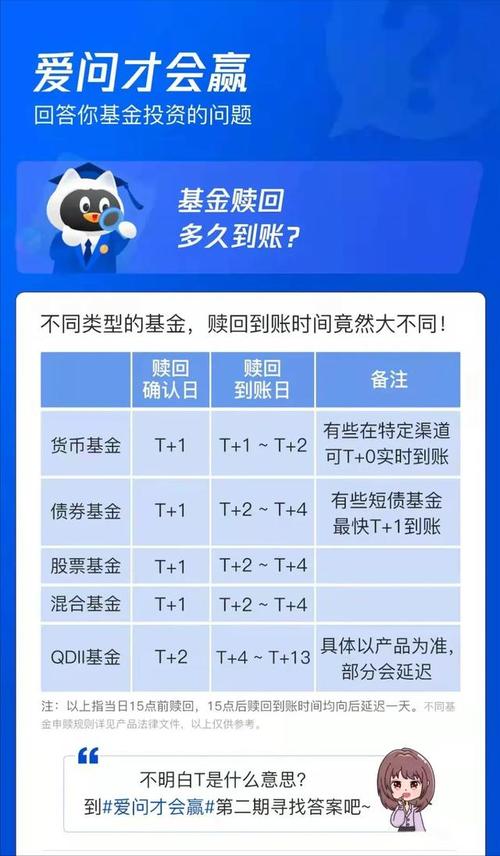易增强回报a基金是什么
Title: Understanding and Enhancing Returns with A Funds
Investing in A Funds, also known as actively managed funds, involves strategic decisionmaking to maximize returns. These funds are managed by professional portfolio managers who actively buy and sell assets to outperform the market. Let's delve deeper into understanding A Funds and explore strategies to enhance returns:
Understanding A Funds:
1.
Active Management
: A Funds are actively managed by professional fund managers who aim to outperform the market indices. They conduct extensive research and analysis to select investments that they believe will generate higher returns.2.
Investment Strategies
: A Funds employ various investment strategies such as value investing, growth investing, or a combination of both. The fund manager's expertise and market insights play a crucial role in selecting the right strategy.3.
Portfolio Turnover
: Compared to passive funds like index funds or ETFs, A Funds typically have higher portfolio turnover. This implies more frequent buying and selling of assets in pursuit of better returns.4.
Expense Ratio
: A Funds generally have higher expense ratios compared to passive funds. This is because of the active management involved, including research costs, transaction fees, and management fees.Enhancing Returns with A Funds:
1.
Research and Due Diligence
: Before investing in any A Fund, conduct thorough research on the fund manager's track record, investment strategy, and historical performance. Look for consistency in returns and alignment with your investment objectives.2.
Diversification
: Diversifying your investment across multiple A Funds can help mitigate risks associated with individual fund performance. Spread your investments across different sectors, asset classes, and geographic regions.3.
Performance Monitoring
: Continuously monitor the performance of your A Funds against relevant benchmarks and peer funds. Regularly review your investment strategy and consider reallocating funds if necessary.
4.
Cost Management
: While A Funds may have higher expense ratios, look for funds with competitive fees. Compare expense ratios across similar funds and consider the value provided by the fund manager in terms of performance potential.5.
LongTerm Perspective
: Investing in A Funds requires a longterm perspective. Avoid reacting to shortterm market fluctuations and focus on the fund's performance over an extended period.6.
Tax Efficiency
: Be mindful of the tax implications associated with investing in A Funds, especially regarding capital gains distributions. Consult with a tax advisor to optimize your investment strategy and minimize tax liabilities.7.
Regular Review and Rebalancing
: Periodically review your investment portfolio and rebalance it to maintain your desired asset allocation. Rebalancing ensures that your investments align with your risk tolerance and longterm financial goals.Conclusion:
Investing in A Funds offers the potential for higher returns compared to passive investment options. However, it requires careful consideration, diligent research, and a longterm approach. By understanding the dynamics of A Funds and implementing effective strategies, investors can enhance their chances of achieving their financial objectives. Remember to consult with a financial advisor to tailor your investment approach to your specific needs and circumstances.
股市动态
MORE>- 搜索
- 最近发表
-
- 深入解析,保险代理人资格证的重要性与获取路径
- 海王英特龙,探索深海的神秘生物
- 保护您的数字资产,了解和使用交易密码的重要性
- 中国平安常青树,稳健投资的典范
- 天安保险股份有限公司,引领行业的创新与服务
- 股票600015,投资界的宝藏还是陷阱?
- 邮票交易所,收藏爱好者的天堂
- 河池化工,化工行业的璀璨明珠
- 江苏银行理财产品,投资智慧与财富增长的桥梁
- 三一重工的全球扩张,收购战略如何塑造未来
- 探索保单查询的奥秘,为何它对你的财务健康至关重要
- 充电桩概念股,新能源时代的投资机遇与挑战
- 江苏恩华药业,创新驱动下的医药行业领军者
- 探索西域的神秘与美丽,一次难忘的旅游体验
- 外地人在北京,如何聪明地为未来投保
- 建信核心精选,深入解析与投资策略
- 银华金利,投资新宠,财富增长的加速器
- 雷亚尔对人民币汇率,探究影响因素与投资策略
- 保护您的数字资产,了解和使用交易密码的重要性
- 探索浪潮软件股吧,投资者的社交网络与信息宝库





